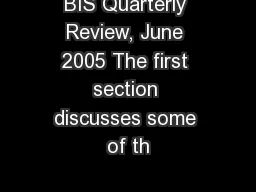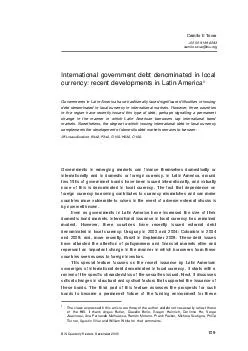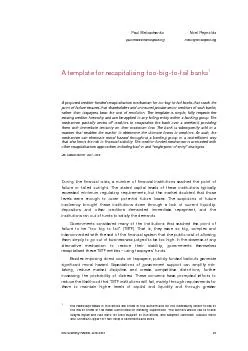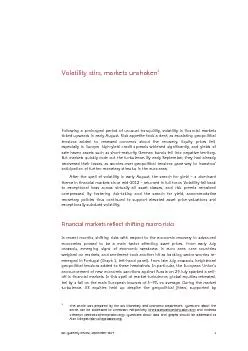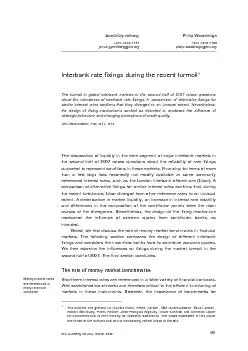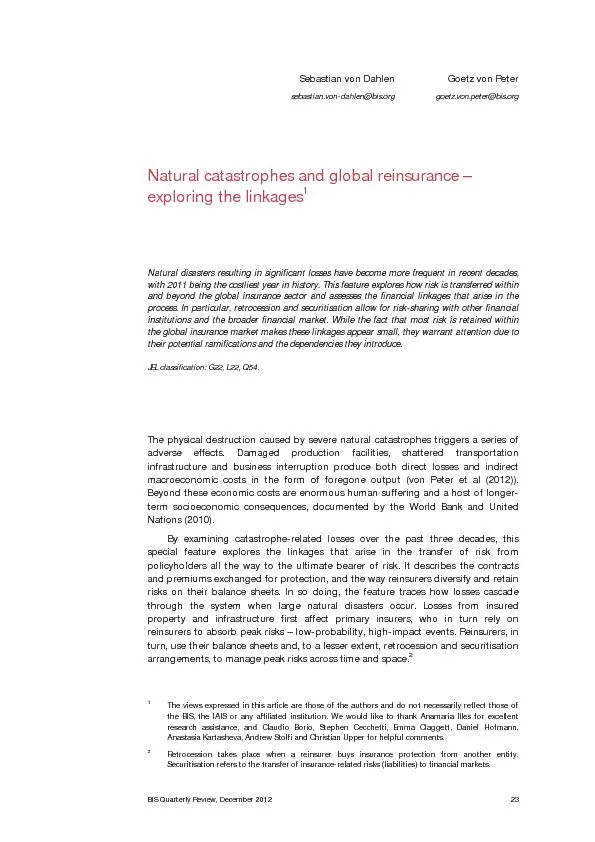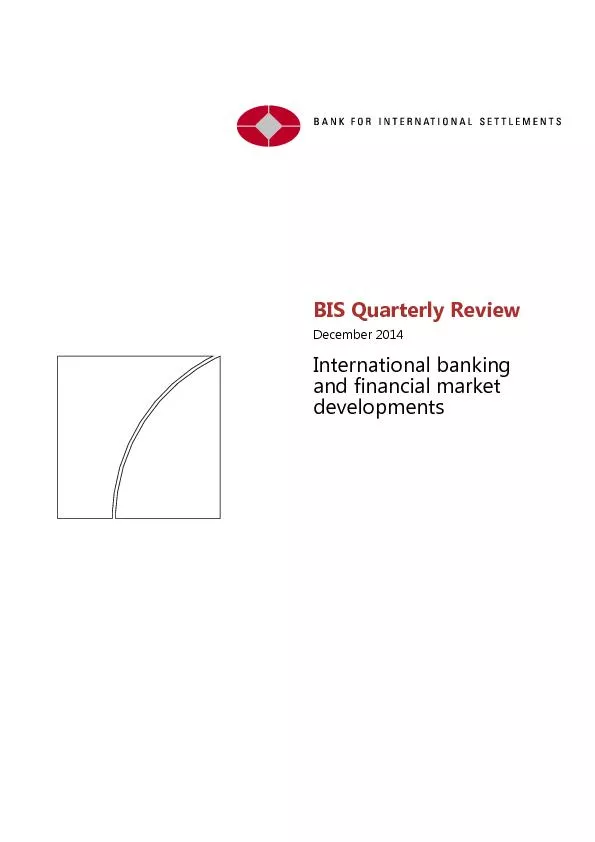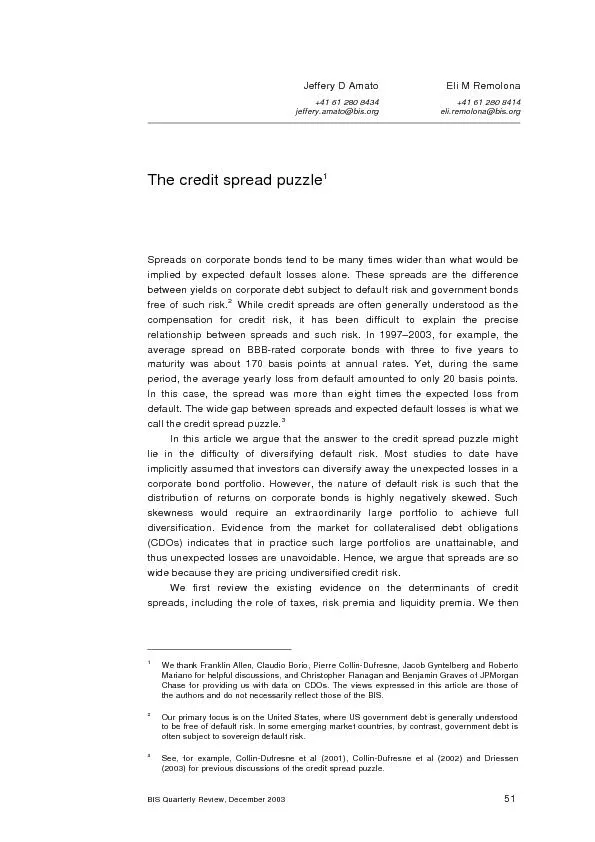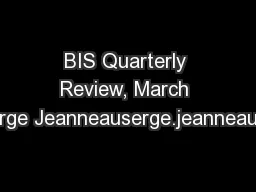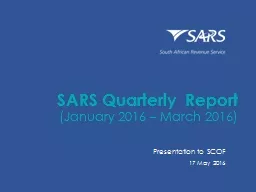PDF-BIS Quarterly Review, June 2005 The first section discusses some of th
Author : olivia-moreira | Published Date : 2015-08-19
1 The global outstanding notional amount of currency swaps which allow a stream of interest payments in one currency to be exchanged for payments in another increased
Presentation Embed Code
Download Presentation
Download Presentation The PPT/PDF document "BIS Quarterly Review, June 2005 The firs..." is the property of its rightful owner. Permission is granted to download and print the materials on this website for personal, non-commercial use only, and to display it on your personal computer provided you do not modify the materials and that you retain all copyright notices contained in the materials. By downloading content from our website, you accept the terms of this agreement.
BIS Quarterly Review, June 2005 The first section discusses some of th: Transcript
Download Rules Of Document
"BIS Quarterly Review, June 2005 The first section discusses some of th"The content belongs to its owner. You may download and print it for personal use, without modification, and keep all copyright notices. By downloading, you agree to these terms.
Related Documents

